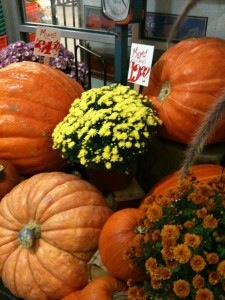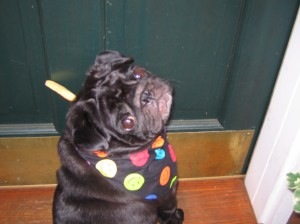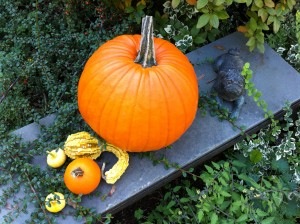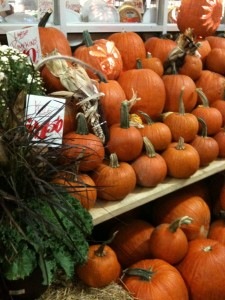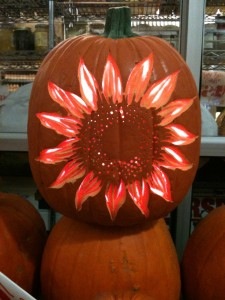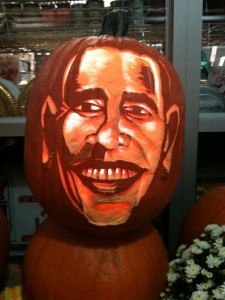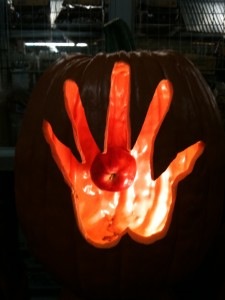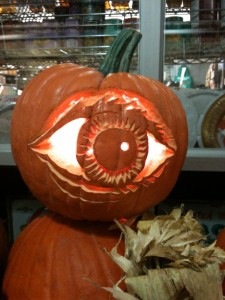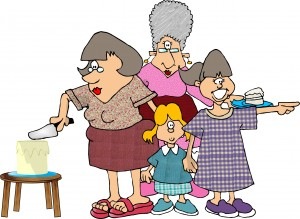
I’m a Mom, too, and I don’t know about you, but sometimes I feel as though I carry both the blame and responsibility for just about everything.
Mom’s Role in Preventing Obesity
Well, here’s one more thing. A recent online survey of 1,037 women, 18 and older, by HealthyWomen, an independent online health information source for women, determined that most women underestimate their role in preventing obesity in their children.
87% of the women surveyed believe that a parent’s obesity can influence a child’s risk of becoming obese, but only 28% of women surveyed assigned the responsibility to themselves.
Research has shown that mothers have a greater effect on their child’s weight than fathers. Only 11% of the surveyed women knew that the risk of a child becoming obese more than doubled if the mother is obese during her first trimester of pregnancy.
It Can Be Tough To Get Kids To Eat Produce
Another study conducted by Working Mother magazine and the Dole Food Company found that 56% of moms say that getting kids to eat fruit and vegetables is either not easy or impossible. Based on my own experience with my sons, I totally agree.
How do you encourage better eating habits in your kids? The Dole study found that persistence, convenience, and creativity are key. Over half of the surveyed moms said that repeated attempts to serve certain foods is the best way to get their kids to eat produce.
Role Models And Gatekeepers
Mothers are role models and are commonly the main food gatekeepers for their families. By taking charge of their eating and activity behavior during pregnancy and afterwards they have a real opportunity to influence their families’ health. Kids mimic what their parents do and both moms and dads can demonstrate healthy eating habits and expose their kids to nutritious foods. When parents make good choices they are modeling that good behavior for their children.
